Ramadan, the holy month of fasting, is observed by millions of Muslims worldwide. During this sacred period, fasting from dawn to sunset is an essential practice, with Iftar marking the breaking of the fast at sunset. Iftar is not just a meal; it is a time of communal gathering, gratitude, and celebration. Each country has its own traditional Iftar dishes that reflect its cultural heritage and local flavors. Let라이브 바카라 explore some of the most delicious and iconic Iftar delicacies from around the world.
Delicacies to enjoy from across the world
Harees (Middle East and North Africa)
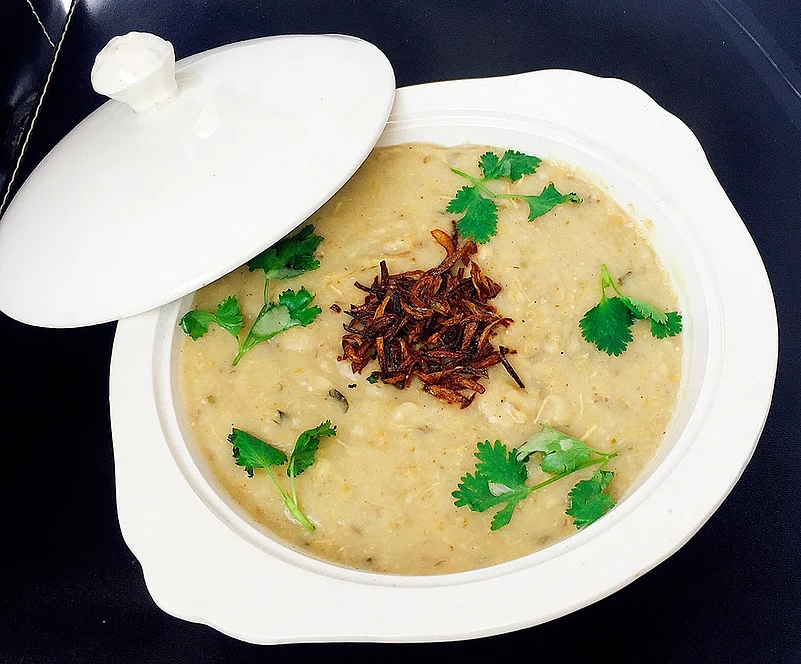
is a traditional and hearty dish widely enjoyed during Ramadan, especially in the Middle East and Gulf regions. This porridge-like meal is made by slow-cooking coarsely ground wheat with meat, typically lamb or chicken, until it reaches a smooth, creamy consistency. It's a popular Iftar choice because it's both nutritious and filling, providing sustained energy after a long day of fasting. Harees holds cultural significance, often being shared in community gatherings and as part of charitable meals, reinforcing the spirit of generosity during Ramadan.
Qatayef

is a beloved dessert during Ramadan, especially in the Middle East. They consist of small, pancake-like pastries cooked on one side, then filled with ingredients like nuts, sweet cheese, or cream. After being filled, they're often folded into a half-moon shape and then either fried or baked until golden brown. Finally, they're typically soaked in fragrant sugar syrup, creating a sweet and satisfying treat enjoyed after Iftar meals.
Kibbeh (Lebanon and Syria)
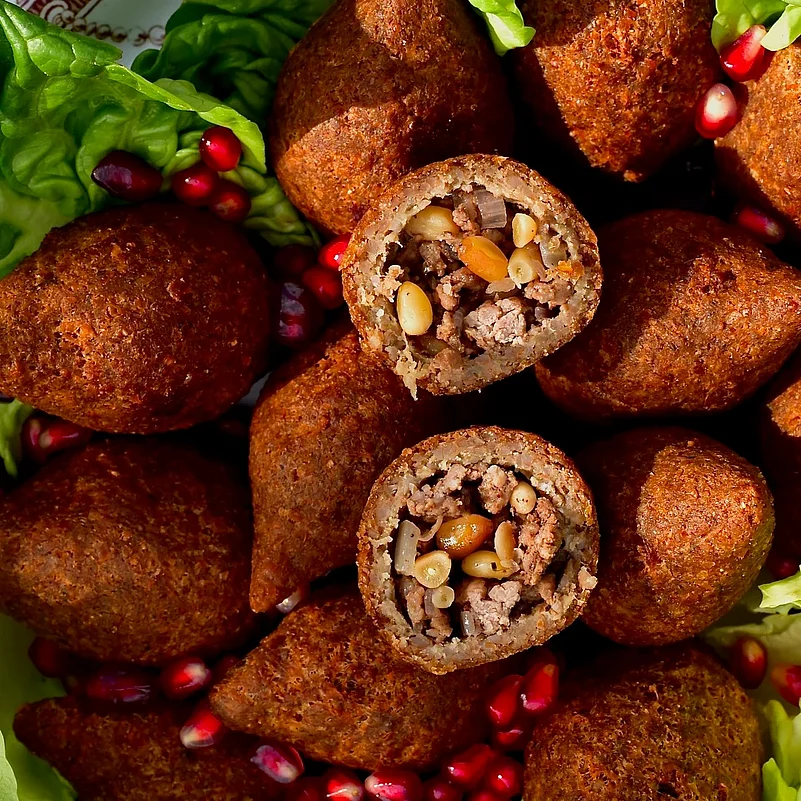
is a popular dish during Ramadan, especially in Middle Eastern communities. Preparing kibbeh involves creating a shell from bulgur wheat and ground meat, then filling it with a spiced meat mixture. This can be a time-consuming process, so many families prepare large batches beforehand. During Ramadan, kibbeh is often served as part of the Iftar meal, providing a hearty and flavorful source of protein after a long day of fasting. Variations of kibbeh exist, including fried, baked, and even raw versions, allowing for diverse culinary experiences during the holy month.
Samosa (India)
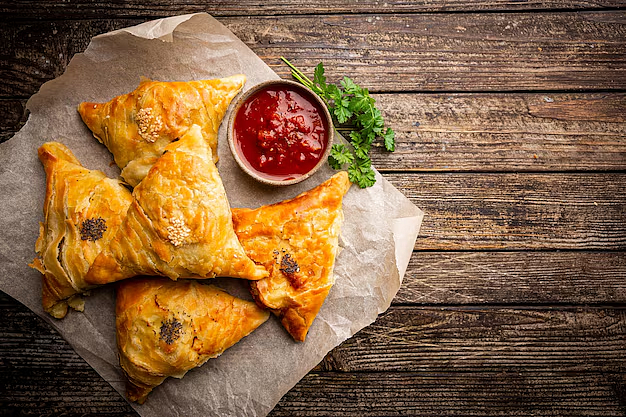
are a beloved staple during Ramadan, especially for Iftar. These savory pastries, filled with spiced meats, vegetables, or potatoes, offer a satisfying and flavorful break from the day's fast. Preparations often begin with creating the filling, followed by carefully folding the pastry sheets into their characteristic triangular shape. Many families have their own cherished recipes, passed down through generations. Whether deep-fried to golden perfection or baked for a healthier option, samosas bring a sense of tradition and celebration to the Ramadan table.
Ghugni

a beloved snack, especially during Iftar, involves soaking dried white or yellow peas overnight and then cooking them until tender. A flavorful base is created by sautéing onions, ginger, garlic, and various spices like cumin, coriander, and turmeric. Tomatoes are added for depth, and the cooked peas are then mixed into this spiced base. The dish is simmered until the flavors meld, and it's often garnished with fresh coriander, chopped onions, and sometimes a squeeze of lemon juice, creating a satisfying and comforting dish perfect for Iftar.
Kiuh (Malaysia)
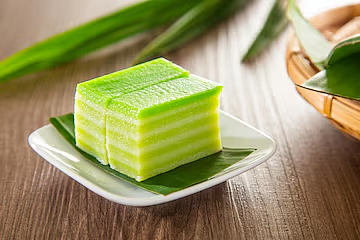
During Ramadan, the preparation and enjoyment of traditional Southeast Asian snacks, take on a special significance. These sweet or savory treats become a staple at Iftar, the evening meal that breaks the daily fast. From colorful Kuih Talam to sweet Kuih Keria, Ramadan bazaars and home kitchens fill with the aromas of these delicacies. The act of making Kuih is often a cherished tradition, passed down through generations, and adds a festive and communal element to the holy month.
Jalebi (India, Pakistan, Bangladesh)
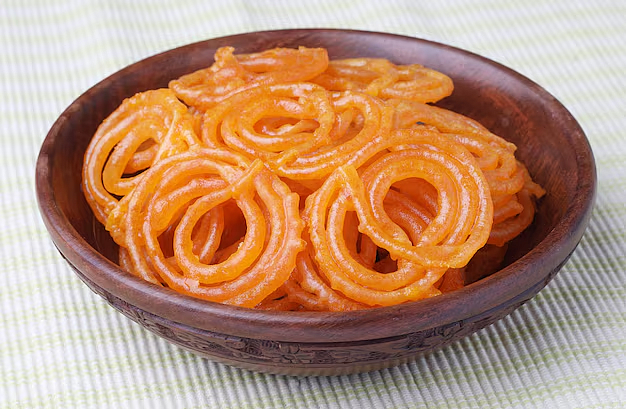
holds a cherished place in Ramadan iftar traditions, particularly in South Asia. During this holy month, these crispy, syrupy sweets become a staple, eagerly anticipated at the breaking of the fast. Vendors and home cooks alike prepare jilapi by swirling batter into hot oil, creating intricate, golden spirals that are then soaked in a sugary syrup. This sweet treat provides a burst of energy after a day of fasting, and its presence on the iftar table signifies a moment of celebration and shared tradition.
Martabak (Indonesia)
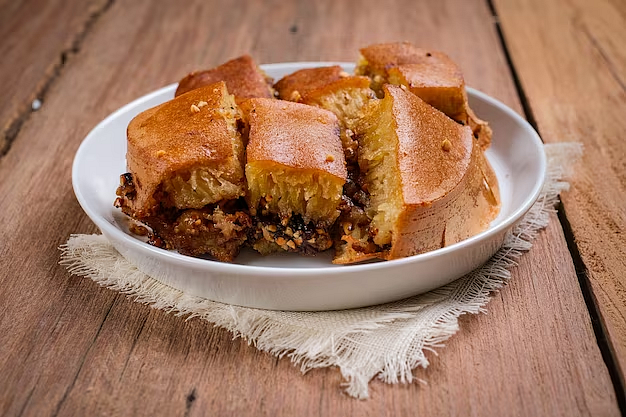
is a popular savory dish enjoyed throughout Ramadan, especially during Iftar. It consists of a thin, pan-fried dough filled with a mixture of eggs, minced meat (or other fillings), and spices. During Ramadan, street vendors and Ramadan bazaars see a surge in Martabak sales, as it's a satisfying and flavorful way to break the fast. However, as shown by some recent social media posts, sometimes vendor errors can occur, so it is always good to check your purchased food before leaving the vendor.
Aush Rashteh (Iran)
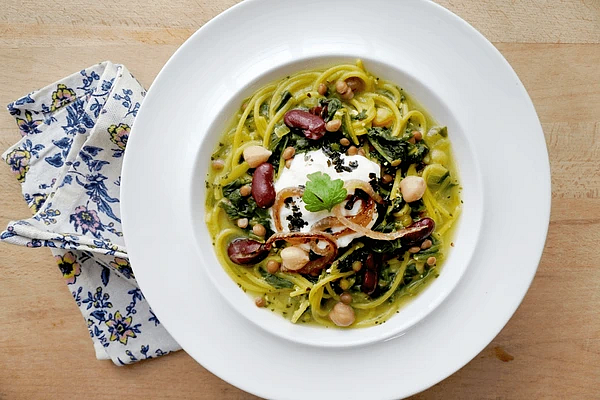
During Ramadan, many Muslim communities enjoy a hearty and flavorful Persian noodle soup, as part of their iftar meal. This soup, rich in herbs, legumes, and noodles, provides essential nutrients after a long day of fasting. The preparation involves simmering a variety of ingredients like lentils, chickpeas, beans, and fresh herbs such as parsley, spinach, and cilantro, creating a nourishing and satisfying dish. Often, it's garnished with kashk (a type of whey), fried mint, and caramelized onions, adding layers of flavor and texture. Aush Reshteh is a beloved Ramadan staple, offering both sustenance and cultural significance.
Jollof Rice with Chicken (Nigeria)

with chicken is a beloved dish, especially during Ramadan, where it's often prepared for Iftar. The process involves first seasoning and cooking the chicken, then creating a flavorful tomato-based stew with onions, peppers, and various spices. The rice is then added to this stew, absorbing the rich flavors as it cooks. The result is a vibrant, reddish-orange rice dish, infused with the savory taste of chicken and the aromatic blend of West African spices, making it a satisfying and celebratory meal to break the fast.
Avocado toast (California, US)

is a wonderfully simple and nutritious option for Suhoor during Ramadan. Its combination of healthy fats from the avocado, complex carbohydrates from whole-grain toast, and the potential addition of protein from eggs or other toppings, makes it a sustaining meal. This balance of nutrients can help provide lasting energy throughout the fasting day. It's also quick and easy to prepare, which is ideal for those early morning hours.
The culinary landscape of Iftar is a testament to the diversity and richness of Muslim cultures around the world. From the simple yet profound tradition of breaking the fast with dates and water to the elaborate and flavorful dishes that grace the Iftar table, each element contributes to a unique and meaningful experience. As you celebrate Ramadan, take the time to explore the Iftar traditions of different cultures and savor the flavors of this sacred time.
Ramadan Mubarak!
Follow 바카라 Experiences:
| | |















